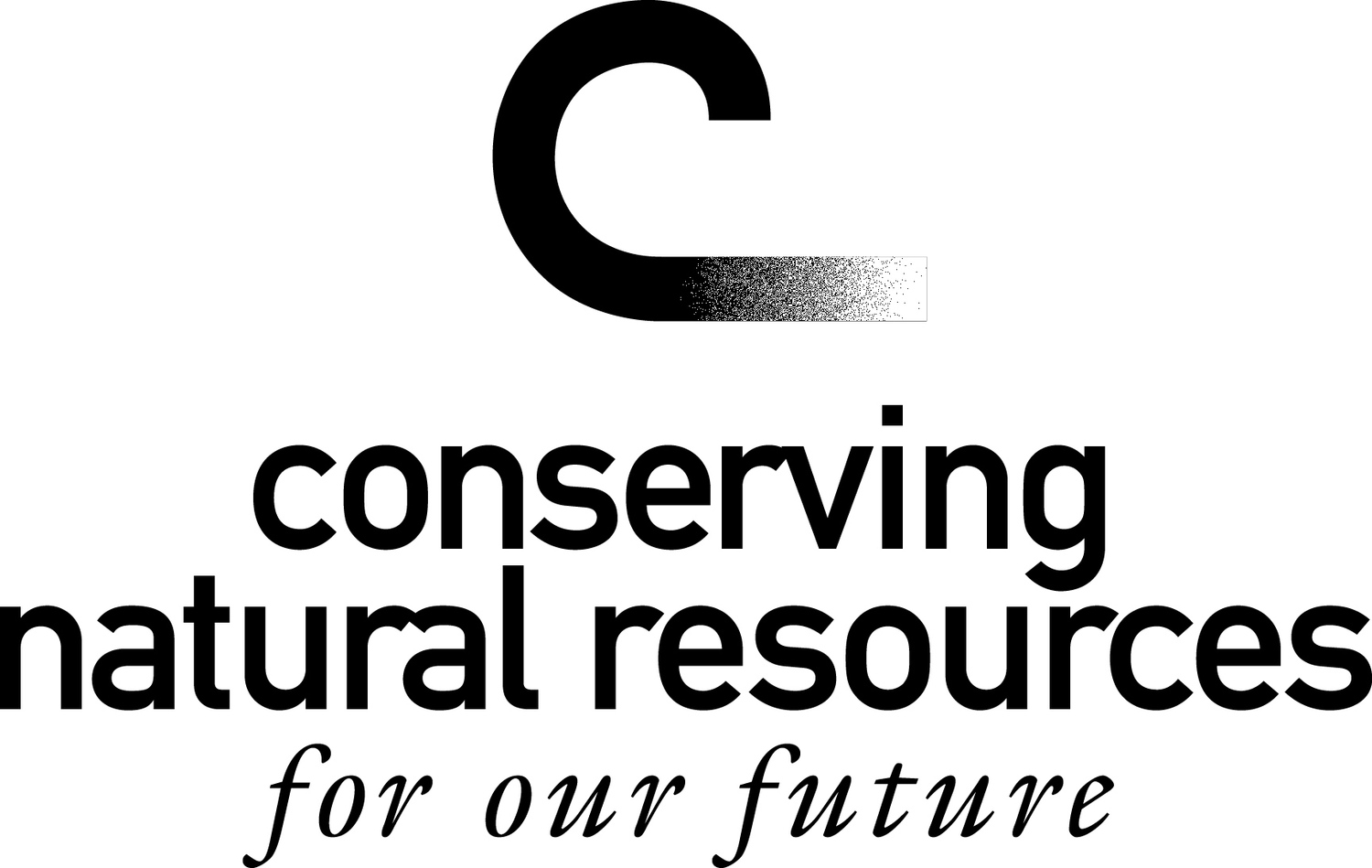Updated Guidelines for Livestock Nutrient Management in Hawaii available at a cooperative extension Service near you
December 2010
The Guidelines for Livestock Nutrient Management in Hawaii, dated January 19, 2010 supersedes the June 1996 Guidelines for Livestock Waste Management in its entirety.
Hawaii has many regulations that may affect the livestock industry. The Guidelines are intended to provide guidance to existing and new animal feeding operation (AFO) owners/operators on the existing federal and state regulations. The regulations have been promulgated to ensure a safe and clean environment. More specifically, the primary area of focus of the current regulations is to protect the state waters by minimizing the water pollution from animal feeding operations and the land application of manure.
On October 31, 2008, the U.S. Environmental Protection Agency (USEPA) finalized revisions to the National Pollution Discharge Elimination System (NPDES) permitting requirements and Effluent Limitation Guidelines and Standards for Concentrated Animal Feeding Operations (CAFOs). These revisions went into effect on December 22, 2008. Most animal feeding operations are not expected to be affected by the newly revised regulations.
The revisions to the applicability portion of the regulations will require existing AFO operators to reevaluate their current livestock management practices and determine if their facility discharges or proposes to discharge to surface waters. These Guidelines contain examples of best management practices (BMPs) and best available technology (BAT) that new and existing operators can utilize for their nutrient/waste management in order to reduce the pollution potential from their animal feeding operations. The information contained herein is an attempt to provide the operator with enough understanding to balance their operations both economically and environmentally.
As with everything else, new technology and practices emerge daily. A good example is the portable dry-litter pig pen developed by the College of Tropical Agriculture and Human Resources of the University of Hawaii. The State of Hawaii Department of Health is encouraging all new and existing animal feeding operations to use waste management systems that appropriately reuse the waste stream, such as composting, and reduce the liquid waste stream.
New regulations will undoubtedly be promulgated. As such, these Guidelines will be revised periodically to update the owners/operators on the BMPs, BATs, and regulations.
Prepared by:
The University of Hawaii at Manoa, College of Tropical Agriculture and Human Resources, Cooperative Extension Service
In Collaboration with:
Hawaii State Department of Health
West Maui Soil & Water Conservation District
USDA - Natural Resource Conservation Service
U.S. Environmental Protection Agency
Pacific Southwest Region 9 and Industry
Hawaii Egg Producers Association
Hawaii Pork Industry Association
Hawaii Cattlemen‟s Association
Hawaii Fresh Milk Industry


